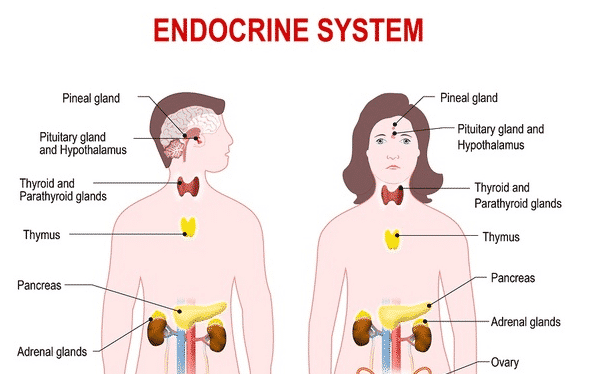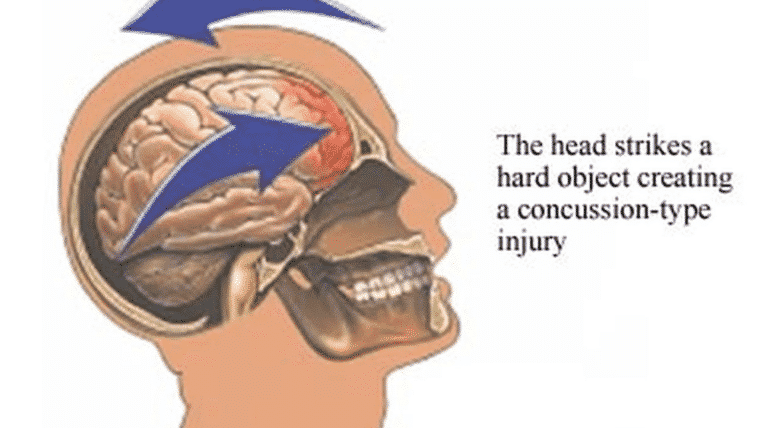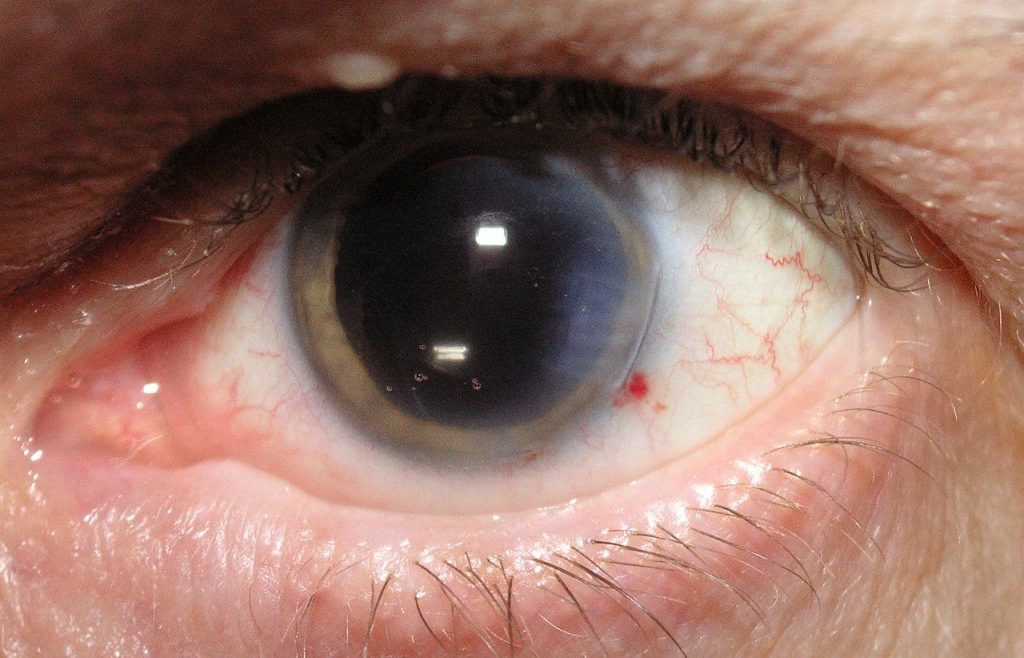Hormones regulate metabolism, respiration, growth, reproduction, sensory perception, and movement. Hormone imbalances are the underlying reason for a wide range of medical conditions.
Endocrinology focuses both on the hormones and the many glands and tissues that produce them.
Humans have over 50 different hormones. They can exist in very small amounts and still have a significant impact on bodily function and development.
Fast facts on endocrinologyHere are some key points about endocrinology. More information is in the main article.
- Endocrinology involves a wide range of systems within the human body.
- The endocrine tissues include the adrenal gland, hypothalamus, ovaries, and testes.
- There are three broad groups of endocrine disorders.
- Polycystic ovary syndrome is the most common endocrine disorder in women.
Table of Contents
What is the endocrine system?
The human endocrine system consists of a number of glands, which release hormones to control many different functions.
When the hormones leave the glands, they enter the bloodstream and are transported to organs and tissues in every part of the body.
Adrenal glands
The adrenal, or suprarenal, glands are located on top of the kidneys. They are divided into two regions. The right gland is triangular, and the left is crescent-shaped.
The adrenal glands secrete:
- corticosteroids, the steroids involved in stress responses, the immune system, inflammation, and more
- catecholamines, such as norepinephrine and epinephrine, in response to stress
- aldosterone, which affects kidney function
- androgens, or male sex hormones, including testosterone.
Both men and women have some androgen, but men have higher levels. Androgens control the development of characteristics associated with males, like facial hair and a deeper voice.
Hypothalamus
The hypothalamus is located just above the brain stem and below the thalamus.
This gland activates and controls involuntary body functions, including respiration, heart rate, appetite, sleep, temperature, and circadian cycles, or daily rhythms.
The hypothalamus links the nervous system to the endocrine system via the attached pituitary gland.
Ovaries and testicles
The ovaries are located on either side of the uterus in females. They secrete the hormones estrogen and progesterone.
These hormones promote sexual development, fertility, and menstruation.
The testicles are located in the scrotum, below the penis in males. They secrete androgens, mainly testosterone.
Androgens control sexual development, puberty, facial hair, sexual behavior, libido, erectile function, and the formation of sperm cells.
Pancreas
Located in the abdomen, the pancreas is both an endocrine gland and a digestive organ.
It releases:
- Insulin: Important for carbohydrate and fat metabolism in the body
- Somatostatin: Regulates endocrine and nervous system function and controls the secretion of several hormones, such as gastrin, insulin, and growth hormone
- Glucagon: A peptide hormone that raises blood glucose levels when they fall too low
- Pancreatic polypeptide: This helps control the secretion of substances made by the pancreas
Diabetes and digestive issues can result if there are problems with the pancreas.
Parathyroid glands
- These small endocrine glands located in the neck produce parathyroid hormone, which regulates calcium and phosphate in the blood.
- Muscles and nerves can only operate safely and effectively if these chemicals are at the correct levels.
The pineal body, or pineal gland
This is a small endocrine gland located deep in the brain. It secretes melatonin and helps control the body’s sleep patterns and moderate levels of reproductive hormones.
Pituitary gland
An endocrine gland attached to the hypothalamus at the base of the brain.
It is sometimes called the main endocrine master gland because it secretes hormones that regulate the functions of other glands, as well as growth and several other bodily functions.
The anterior, or front, the pituitary secretes hormones that affect sexual development, thyroid function, growth, skin pigmentation, and adrenocortical function.
If the anterior pituitary is underactive, it can lead to stunted growth in childhood and interactivity in other endocrine glands.
The posterior, or rear, the pituitary secretes oxytocin, a hormone that increases contractions of the uterus and antidiuretic hormone (ADH) which encourages the kidneys to reabsorb water.
Thymus gland
The thymus is an endocrine gland located beneath the breastbone or sternum.
T lymphocytes, a type of immune cell, mature and multiply in the thymus gland early in life. After puberty, the gland shrinks.
The thymus gland plays a role in the immune system, which protects the body against disease and infection.
Thyroid gland
A butterfly-shaped gland located just below Adam’s apple in the neck, the thyroid produces hormones that play a key role in regulating blood pressure, body temperature, heart rate, metabolism, and how the body reacts to other hormones.
The thyroid gland uses iodine to create hormones.
The two main hormones it produces are thyroxine and triiodothyronine.
It also produces calcitonin, which helps strengthen bones and regulates the metabolism of calcium.
Below is a 3-D model of the endocrine system, which is fully interactive.
Explore the model using your mouse pad or touchscreen to understand more about the endocrine system.
What Diseases Does An Endocrinologist Treat?
What is endocrinology?
- What is the endocrine system?
- Diseases.
- What is an endocrinologist?
- Visiting an endocrinologist.




